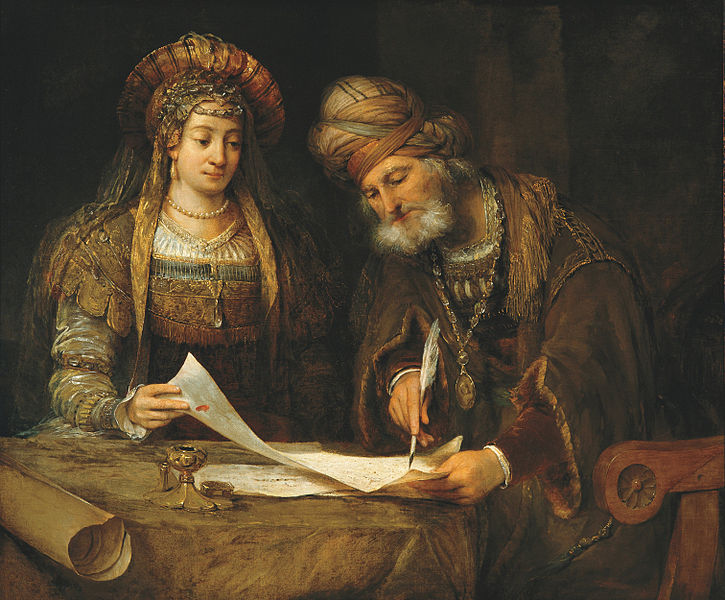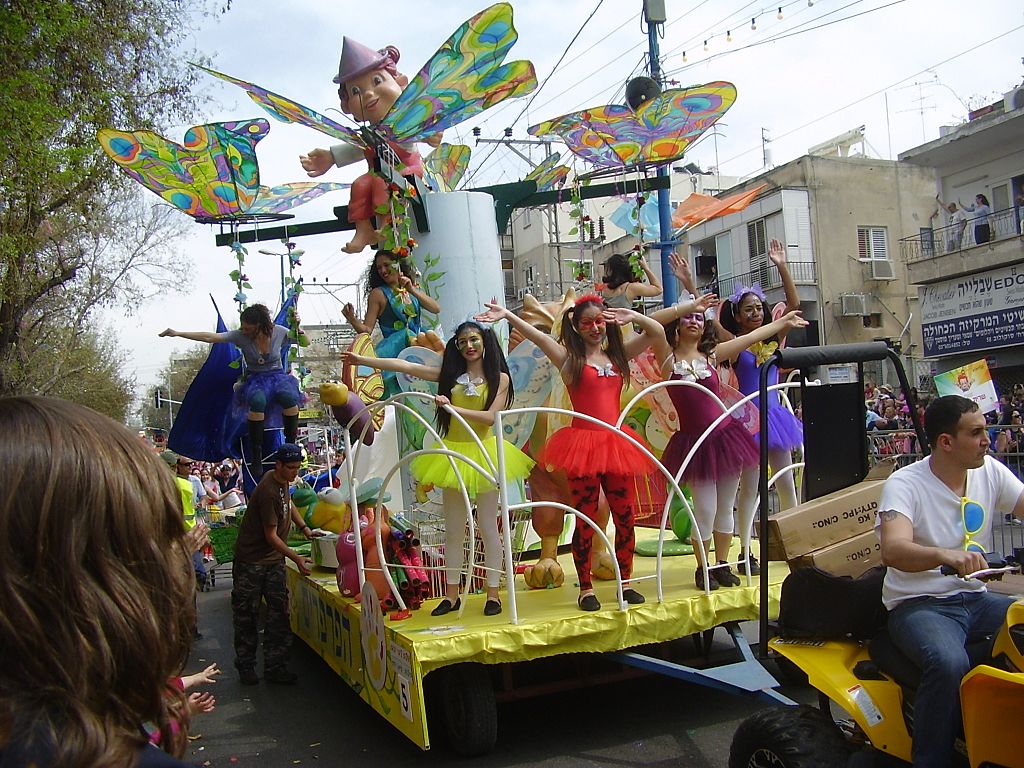If you live near a Jewish community, you won’t be able to miss Purim. The festival allows even the most buttoned-down orthodox sects to let loose for a day of costumes and carousing, fuelled by religiously mandated alcohol.
Here is what it is all about:
When is Purim?
Purim falls on 1 March in 2018. However, the Jewish calendar measures days from sunset to sunset, so Purim actually begins on the evening of 28 February.
What does Purim celebrate?
The festival honours the Jewish heroine Esther, whose story appears in the Torah and Old Testament, according to the Jewish Woman’s Archive.

Purim takes its name from the lots (“purim” in Hebrew) that Haman casts to choose the 13th day of the Jewish calendar month of Adar as the date for the massacre.
Mordecai discovers the plot and, at his urging, Esther risks her life by revealing her identity to Ahasuerus and exposing Haman’s plot to wipe out her people. Ahasuerus orders Haman to be hanged, and the Jews attack and kill the enemies preparing to slaughter them.
Purim is celebrated on the 14th day of Adar, when the Persian Jews are said to have celebrated after vanquishing their would-be executors.
How is Purim celebrated?
In keeping with the festival’s spirit of rescue, Purim is “one of the most joyous and fun holidays on the Jewish calendar”, says online encyclopaedia Judaism 101.
Purim is often marked with parades and fancy dress, a custom that 13th century Italian Jews are thought to have adopted from the pre-Lent masquerades held by their Christian neighbours, Haaretz reports.
The carnival-like atmosphere has led Americans to sometimes refer to Purim as the “Jewish Mardi Gras”, says the BBC.
There are four main religious requirements for observant Jews on Purim. Most importantly, they must attend the synagogue on the eve of Purim or the following day, when the story of Esther is read aloud.
Whenever Haman’s name is mentioned, the congregation will drown it out by hissing, stamping their feet or shaking special rattles (called graggers).
The second and third obligations command the faithful to mark the occasion by sending food to one another – in the modern era, often in the form of a gift basket – and giving to the poor.
The final requirement is to attend a festive meal. These feasts are best known for the amount of alcohol consumed.
Religious authorities are “unanimous” that “it is a mitzvah [commandment] to drink, and drink to excess, on Purim”, says Jewish website Chabad.
Exactly how drunk one should aim to get has been a matter of rabbinical debate for centuries, although 4th century rabbi Rava held that one should drink “until he does not know the difference between ‘cursed be Haman’ and ‘blessed be Mordechai’”.
Luckily, Purim has a traditional food to help revellers soak up all the booze – triangle-shaped filled biscuits or pastries called hamentaschen (Yiddish for “Haman pockets”).



























